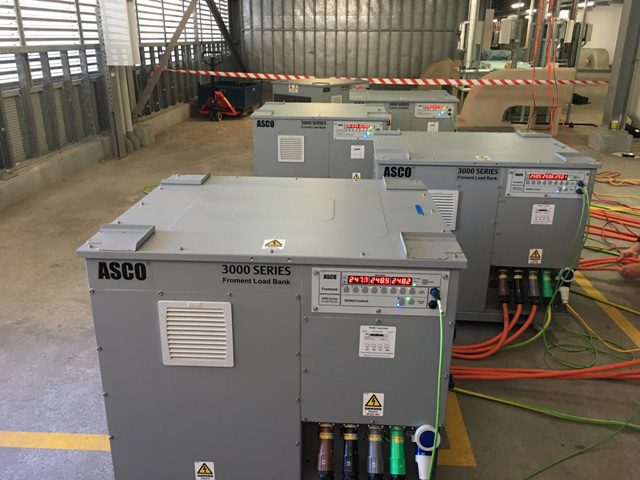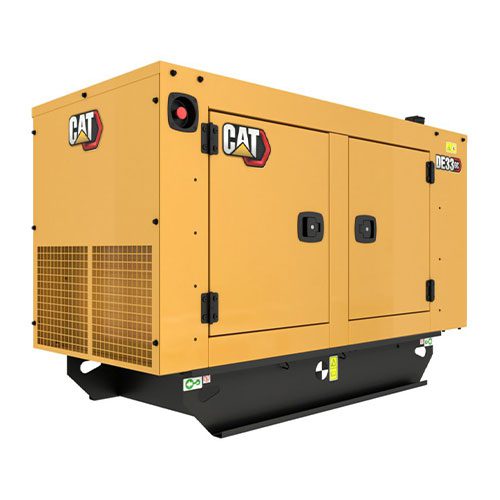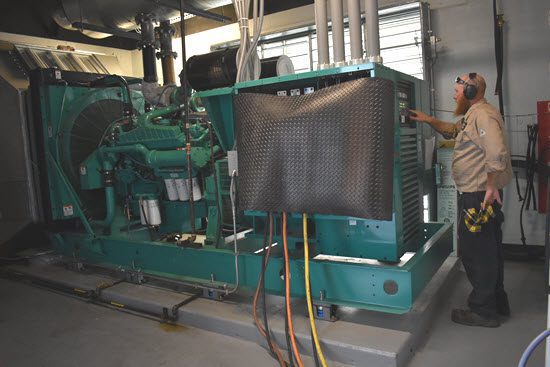
Manufacture Load Bank
In order to mimic the load on an electrical system or component, a load bank is a tool that is commonly used for testing and maintenance.
Power sources including generators, UPS systems, and battery systems as well as specific parts like transformers, circuit breakers, and cables are tested using load banks.
The manufacture load bank is a multi-step process that includes design and engineering, material sourcing, fabrication, testing and quality control, as well as packing and delivery.
To guarantee its dependability and precision, the load bank was created using sophisticated software and was constructed from premium materials.
Large, fixed devices that can handle high power ratings are available as well as smaller, portable units.
They are extensively utilized in a variety of sectors, including data centers, manufacturing facilities, hospitals, and airports.
They are crucial instruments for maintaining the dependability and performance of electrical systems and components.
To guarantee that the load bank functions precisely and dependably throughout testing and maintenance procedures.
The manufacture of load banks calls for specific knowledge and skills as well as close attention to detail and quality throughout the whole process.
Manufacture load bank benefits
Load banks are crucial equipment for testing and repairing electrical systems and components to make sure they are functioning correctly and dependably.
- Customization
To ensure that load banks are suited to the demands of the end-user, load banks can be adjusted to fulfil certain testing and maintenance requirements.
Load banks are made using high-quality materials and put through stringent testing and quality control procedures to ensure their quality and dependability.
- Safety
Using load banks lowers the danger of accidents and electrical malfunctions by offering a safe and regulated manner to test electrical systems and components.
- Cost-effectiveness
End-users may spot and fix faults before they become severe ones, thereby saving money on repairs and downtime, by employing load banks to test and manage electrical systems.
- Energy Efficient Electrical Systems and Components
Load banks may be used to assess the energy efficiency of electrical systems and components, assisting end-users in locating areas where they can cut back on energy use and save money on energy bills.
Types of load banks
These load banks replicate a resistive demand on the power supply being evaluated.
1.Recessive load banks
In order to test generators, UPS systems, and other electrical equipment, they are made to offer a steady and predictable load.
2.Reactive Load Banks
Reactive load banks mimic the reactive loads that are frequently present in actual electrical systems.
Transformers, switchgear, and other parts intended to manage reactive loads are frequently tested using them.
3.Resistive/Reactive Load Banks
To simulate a more accurate load on the power supply being evaluated, these load banks incorporate both resistive and reactive components.
They can replicate a variety of real-world loads and are frequently used to test large-scale power systems.
In order to evaluate DC power sources like batteries and DC generators, DC load banks are used.
In backup power systems, they are often used to assess the performance and capacity of batteries.
Portable load banks can be used for on-site testing of electrical systems and parts and are made to be easily transported.
Usually, they are weaker and smaller than stationary load banks.
4.Stationary Load Banks
Stationary load banks are made for evaluating power systems and components on a bigger scale.
They can withstand large power rates and are frequently installed permanently.
Manufacture load bank process
- Engineering and design
The initial stage is to ascertain the load bank’s requirements, such as the maximum power rating, voltage and current ratings, control choices, and other characteristics.
The engineering team uses specialized software to create the load bank, and they make sure it adheres to all regulations and standards.
When the design is complete, the materials needed for the load bank are purchased from reputable vendors.
Resistive elements, switches, meters, and other parts can be included in the materials.
Assembly of the load bank’s component parts and wiring of the resistive elements are steps in the fabrication process.
Often, a tough, weatherproof enclosure that is also being constructed at this time houses the load bank.
Why Power House?
Since 1993, Power House has been a major Egyptian business that has been functioning as manufacture load bank in the domains of affordable load bank price, as we are one among the best load bank suppliers.
Our competitors are unable to compete with us because of our more than three decades of experience in the Egyptian and Middle East African markets.
As well as our focus on providing our customers with the greatest possible cost savings, the shortest possible lead times, and the highest quality integrated solutions.




